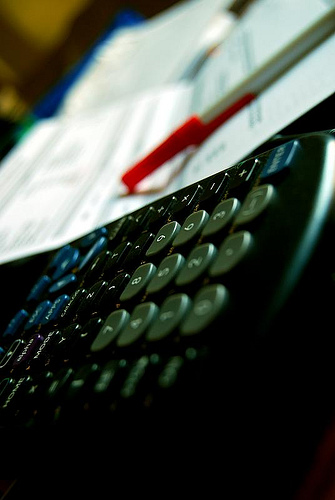Bad debts and recessions go hand in hand. This kind of debt can take the form of a credit purchase gone sour, or a vendor loan that never gets repaid.
There are also bad debt expenses, defined as any expense the company incurs when it is trying to collect on receivables that are long past due.
Most small business owners do not rush into declaring bad debt. Most companies will do their best to work with the customer who is experiencing cash flow problems and come to some payment agreement. However, when all efforts in this direction have failed, the original balance, penalties and interest applied to that balance, and expenses related to the collection efforts (such as court fees) can all be counted as bad debt expense.
However, in many cases all is not lost: Some bad debts can be turned into a tax break.
In some countries, federal tax agencies allow businesses to claim a deduction on any bad debt incurred within a specific tax period. This tax break takes the form of a percentage of the bad debt or else a maximum amount, whichever comes out less. In many cases, the resultant figure may be enough to help ease the company’s overall tax burden.
Before you jump for joy, please note that in the US you are only eligible for a bad-debt deduction if you previously recorded the amount owed to you as income received. So if you didn’t include the uncollected amount in income to begin with, deducting the bad debt is not an option for you.
Nevertheles, you are permitted to deduct your cost for the goods at issue. In your total for “cost of goods sold” on your tax form, include the cost of goods sold for unpaid merchandise. And FYI, you can only deduct the cost of the goods but not the actual retail price you charged the tardy customer.

